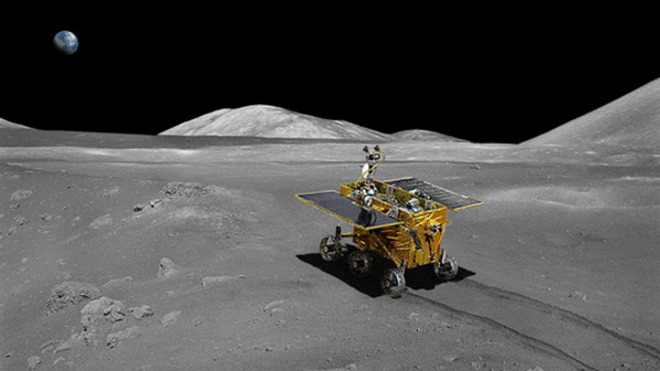
The skies were full of clouds this evening, so we weren't able to show people any celestial sights through our telescopes. Rats.
However, that didn't stop us from talking science! RIT astronomers Stacey Davis, Jen Connelly and Roger Easton joined me in discussing the Chinese Chang'e 3 mission to the Moon with an audience of twelve -- some RIT students, some members of the local community.
(And, as we learned the next day, the Chang'e 3 spacecraft DID land safely on the surface of the Moon, just a few hours after our talk.)
You can see a copy of the presentation below.
A great deal of the material in this talk comes from the excellent Planetary Society blog posts by Emily Lakdawalla. Thanks very much to Emily for her devotion to science communication!
At about UT Dec 14 13:40 (that's 9:40 AM our time), a new visitor will set foot, er, wheel, upon the lunar surface. The Chinese space probe Chang'e 3, which is currently in a low orbit around the Moon, will set down on the lunar soil. Soon thereafter, a robotic rover will start to explore the region.

This is the first time a Chinese spacecraft will have landed on the lunar surface, and the first time in a LONG time that any visitor from Earth has settled gently onto the Moon.
The crash of the LCROSS mission in 2009 doesn't count as "gently". Go to 8:40 in the following video to see what I mean.
1959 Luna 2 crashes into the Moon
1962 Ranger 4 crashes into the Moon
1966 Luna 9 and Luna 13 land gently on the Moon and transmit images
Surveyor 1 lands gently on the Moon and transmits data
1969 Apollo 11 brings 2 humans to the Moon, and returns them safely
Apollo 12 ditto
1970 Luna 16 lands on the surface, grabs soil, returns to Earth
Lunokhod 1 rover lands on surface, is driven by remote control
1971-2 Four more Apollo missions, the final three with manned rover
1973 Lunokhod 2 rover lands on surface, is driven by remote control
1993 Japanese Hiten mission crashes into surface
2006 European SMART-1 mission crashes into surface
2008 India MIP crashes into surface
2009 LCROSS smashes into surface; impact is (barely) detected
2013 Chang'e 3 (we hope) lands gently on surface, deploys rover
The Chang'e 1 mission was launched October 24, 2007. It sent a spacecraft to orbit the Moon and take pictures of the surface.
Chang'e 2 followed in 2010. It also orbited the Moon, taking pictures, but then left to go elsewhere in the solar system. It flew past the asteroid 4179 Toutatis in 2012.
Now, Chang'e 3 was launched on Dec 2. It was taken up into low Earth orbit, then a second stage fired it towards the Moon. On Dec 6, the probe reached the Moon in an elliptical orbit.
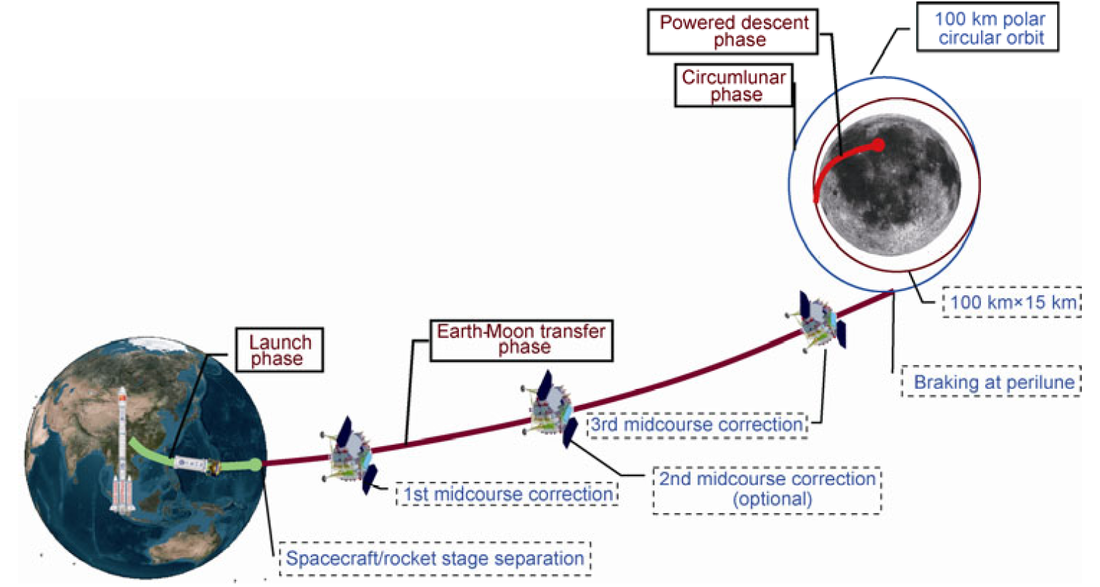
Graphic courtesy of
Beijing Institute of Spacecraft System Engineering
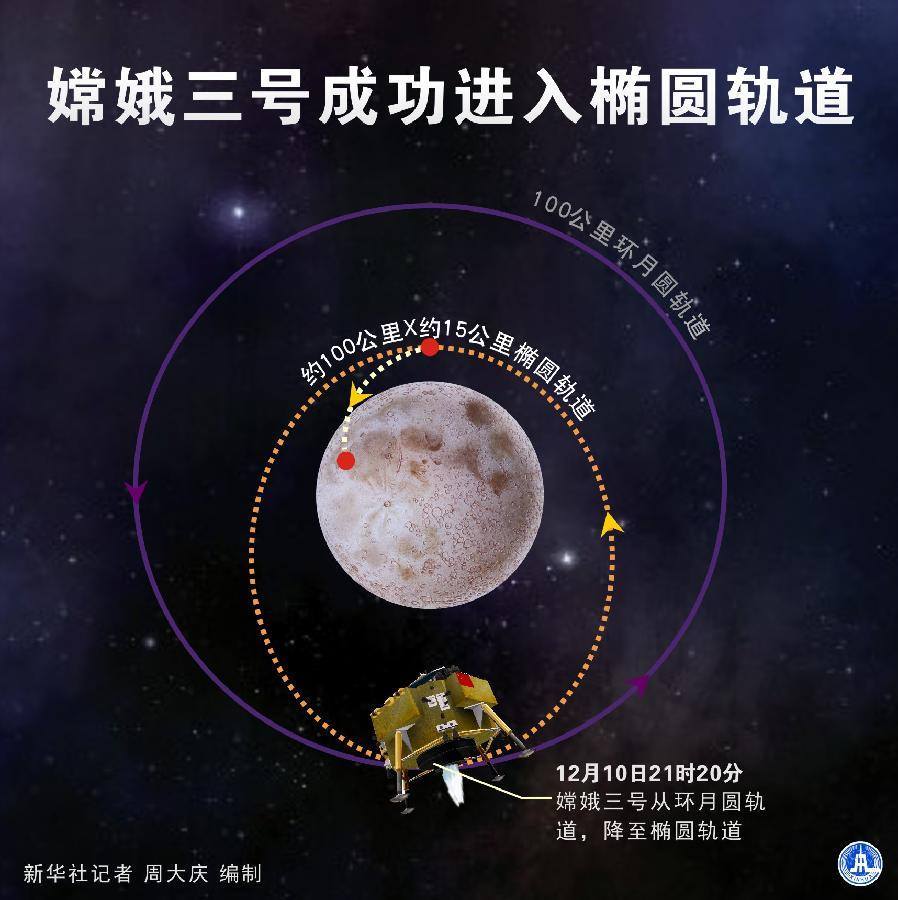
Since then, it has gradually lowered its orbit. Tomorrow, it will fire rockets to slow it down so that it falls gently to the Moon's surface. When it reaches a height of 4 meters above the surface, its engines will turn off, and it will fall *plunk* down to the soil.
Chang'e 3 is heading for Sinus Iridium -- the Bay of Rainbows.
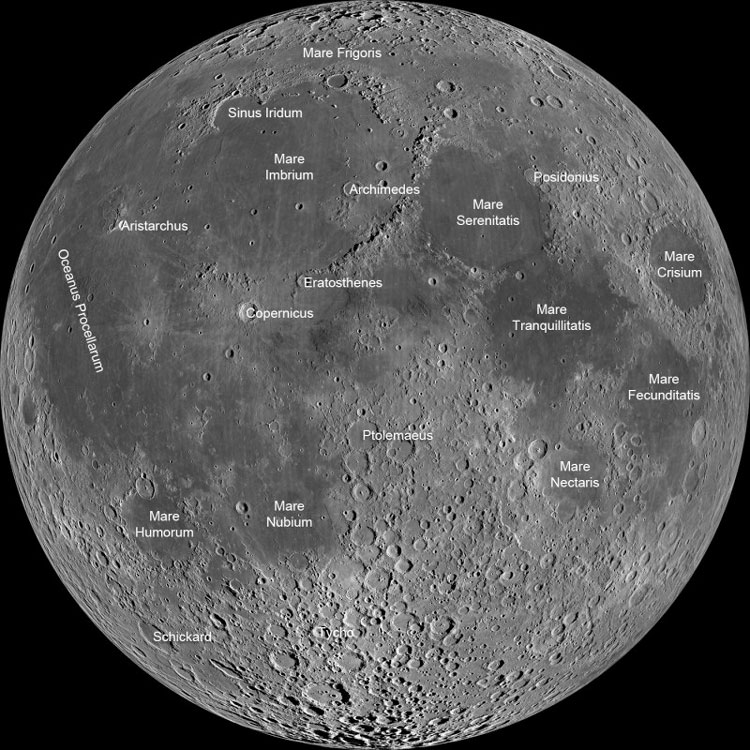
It won't be far from the landing site of the Lunokhod 1 rover.
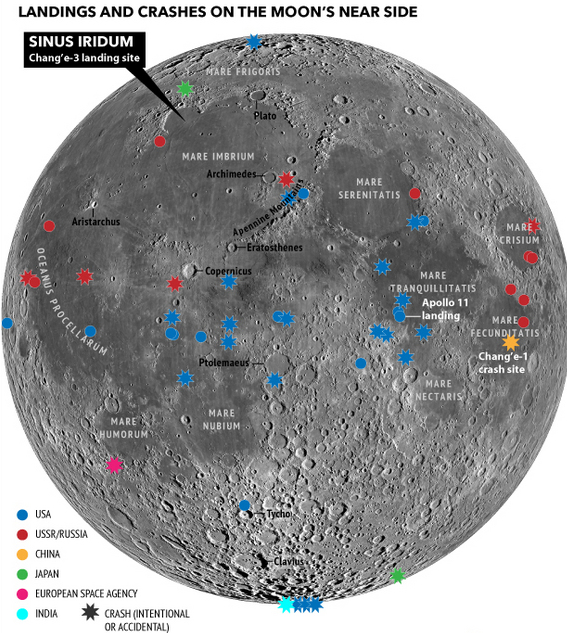
The area is nice and flat, so a pretty safe place to land a spacecraft.
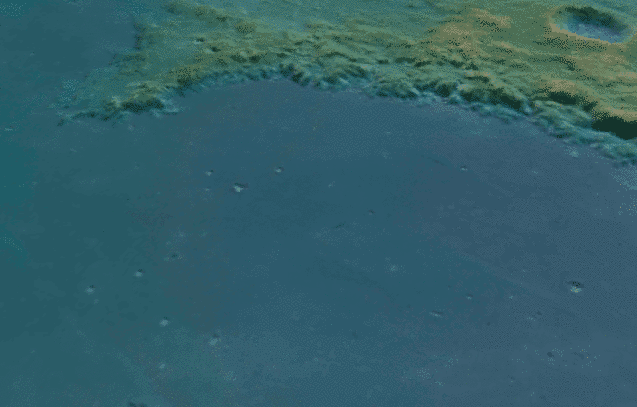
Image courtesy of
Bill Dunford and the Planetary Society
The earlier Chang'e 2 mission flew over this region of the Moon at an altitude of only 15,000 meters, taking some very detailed pictures.
A good source of information on the instruments of Chang'e 3 is Spaceflight's Chang'e 3 Mission Overview.
The bulk of the lander sits motionless on the surface. It has a radioisotope thermal generator (RTG) to keep it warm during the long, long lunar nights, and solar panels to provide power during the daytime to several instruments. One of those is an ultraviolet telescope with an aperture of 15 cm -- about 6 inches. Ultraviolet rays are blocked by the Earth's atmosphere, so we can't see them from the ground. Since the Moon doesn't have any atmosphere, the lander will be able to study many celestial sources in ultraviolet light. It may also observe the effect of ultraviolet rays from the Sun on the Earth's own atmosphere.
The lander also will analyze lunar soil.
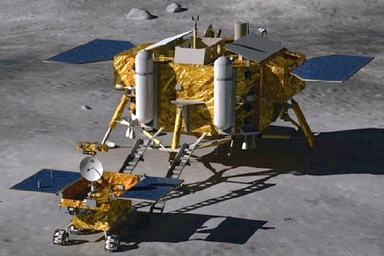
Several hours after landing, the rover will deploy and leave the lander unit.
The rover is about the size of a big desk. It has a radioisotope heater to keep it warm during the long lunar nights, and big solar panels to provide power during the long lunar days.
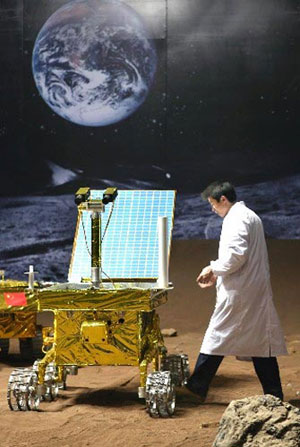

It is named Yutu, after the Jade Rabbit who lives on the Moon in Chinese mythology.

The rover has a set of cameras on a mast. Using pairs of lenses on each side of the mast, it can create 3-D images. It can dig a small distance into the soil and grab samples for analysis in an on-board lab. Under the main chassis is a ground-penetrating radar instrument, which can probe the structure of the lunar soil down to a depth of 30 m, and the lunar crust even deeper.
Like the Mars rovers, Chang_e 3 carries an alpha particle X-ray spectrometer, with which it can determine the elemental composition of rocks and soil. Its infrared spectrometer will provide additional information on the chemical makeup of lunar materials.
The rover can scoot around the surface on its six wheels, going up and down slopes as steep as 20 degrees. It carries in its computers software to control its motion autonomously -- so that it can decide by itself how to move from its current location to a spot in the near distance. It may also be operated remotely by a human on Earth, though the round-trip time delay of 2.5 seconds may cause some small problems.
The rover is expected to operate for about three months, while the lander should continue to return data for about one year. Each can communicate directly with stations on Earth, so if one unit dies, the other can contine to work.